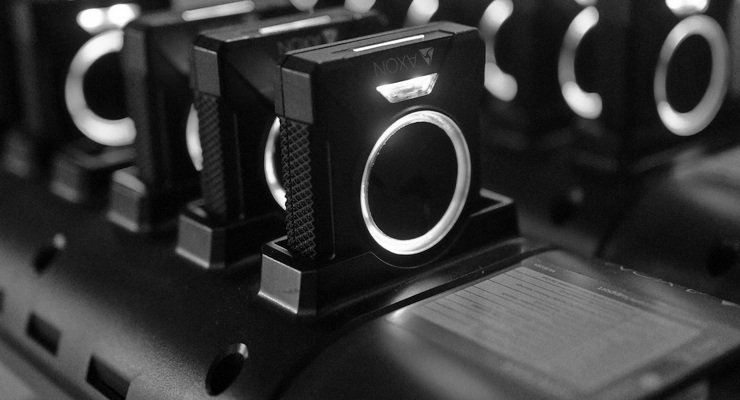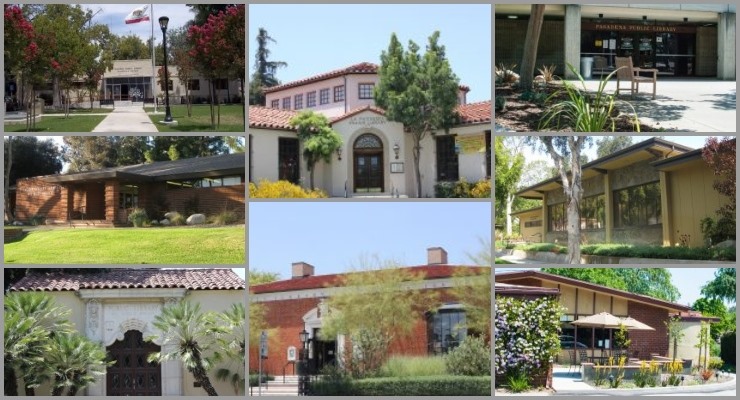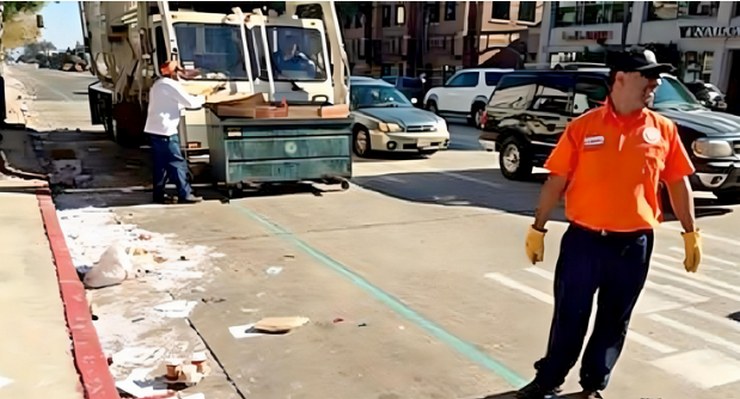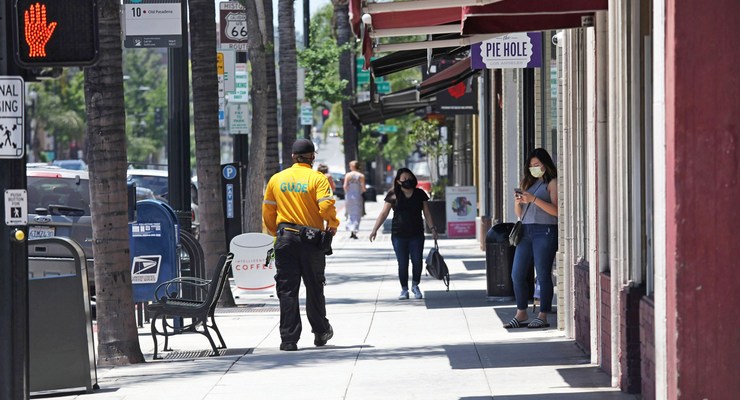
Against a backdrop of encouraging medical data provided by Pasadena Public Director and Health Officer Dr. Ying-Ying Goh, much of Monday’s City Council COVID-19 discussion still centered around local economic impacts and business reopenings.
A number of councilmembers pushed for some type of “bold” action such as closing streets for outdoor dining, and other economic relief for businesses.
“We need to redouble our efforts, to come up with really concrete plans that demonstrate support for the community and especially the business community,” said Councilmember Steve Madison, saying, “Now is the time.”
Madison specifically cited closing Colorado Boulevard and allowing outdoor dining for restaurants, as ideas to be considered.
“Now is the time to be thinking about this,” he said. “We will get ahead of the curve, and demonstrate our commitment to the business community that we need so vitally, to be the City that we are.”
Madison cited other cities, such as Palm Springs, who are already beginning plans for outdoor dining.
The idea was first mentioned in a column by Robin Salzer in Pasadena Now on May5 and has since become a hot topic around town.
“We need to be a leader in this regard, not a follower,” he added.
Mayor Terry Tornek, following the meeting, told Pasadena Now in an email that the Department of Transportation was “already rolling out” a similar type of plan.
Both City Manager Mermell and Councilmember Gordo also alluded to creating “new rules” for retail at the upcoming Economic Development and Technology (EDTech) meeting this Thursday.
Meanwhile, Dr. Goh said that, of the 1,069 businesses recently allowed to reopen, few actually took advantage of the relaxed ordinance.
“Curbside retail is very difficult and a challenge,” said Goh, “so participation was very limited.”
Of the 103 businesses that reopened, 63 were essential businesses, and 40 were non-essential. Ten businesses allowed customers to enter the stores, against local orders, and two had no face masks on employees.
Dr. Goh also noted that Huntington Hospital capacity was being watched closely, and that “ventilator usage” has been steady, even slightly declining. The ventilator ward is currently operating at third of capacity, based on Huntington’s own data.
“I’m feeling pretty good about the hospital capacity,” she said.
Goh also noted that testing has become more available and aggressive, and that cases may jump in number, because of that availability. As Goh noted, “You can’t control COVID, if you don’t know who has it.”
Some increases in case numbers may reflect individuals who “are asymptomatic, who were previously infected, and just weren’t found,” said Goh. “They weren’t (previously) identified because they didn’t have symptoms.
“Even with those bumps and increases,” continued Goh, “We are still seeing pretty flat cases. From those indicators, we’re in pretty good condition.”
Goh said that the Health Department is also closely monitoring supplies of face masks and gloves, as well as test kit supply, and contract tracing kits. The Health Department is also working on reaching the State-recommended number of 22 contact tracers, reported Goh.
“We’re working on all these things, and I think we are making progress overall,” said Goh.
Turning to the economic theme of the discussion, Goh said she was worried about the opening of restaurants, and the “drawing in of populations from outside Pasadena, and really amplifying the risk of disease transmission, because of the number of people that we do draw in.”
Department of Human Services and Recreation Director Brenda Harvey-Williams also reported to the Council on the recent re-opening of the Rose Bowl Loop on May 13.
According to Williams, closing the loop to vehicular traffic, building barriers and providing City staff to monitor traffic, increased costs from a projected $43,000 a month to $145,000 a month. She also told the council that the number of people actually using the loop was “significantly lower than anticipated.”
Williams said that only 2,500 people visited the loop from last Wednesday through Sunday evening, May 17.
Visitors also tended to use the curbs and walkways around the Rose Bowl rather than spreading out into the open streets, said Williams. The biggest cost, she said, was keeping protocols, such as staffing, barriers and signs, in place 24 hours a day, while the original cost estimate designated their hours from 5 a.m. to 8:30 p.m.
The Council eventually accepted the staff recommendation to reopen the loop area to vehicular traffic and re-opening the parking lots, while still encouraging mask usage and social distancing, after Memorial Day Weekend.
Mayor Tornek asked Williams why the City was even waiting to re-open the loop to traffic, considering the cost.
‘We could just open it back up tomorrow,” he said. The Council eventually agreed with the staff recommendation to re-open the Loop and parking areas on May 27.






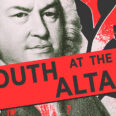





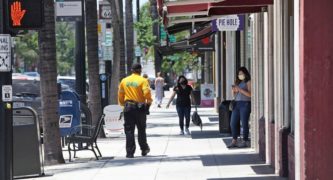

 1 comment
1 comment
